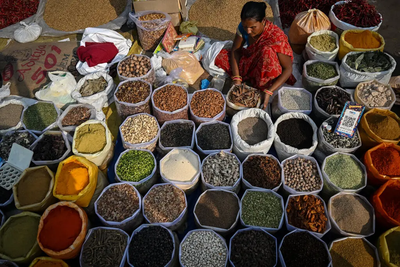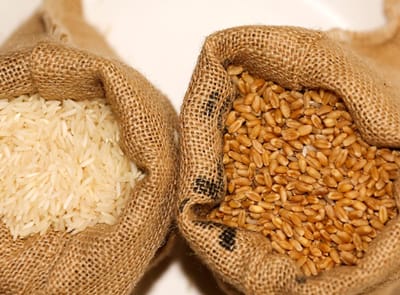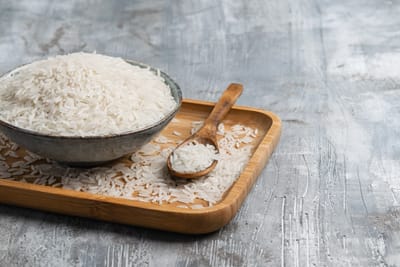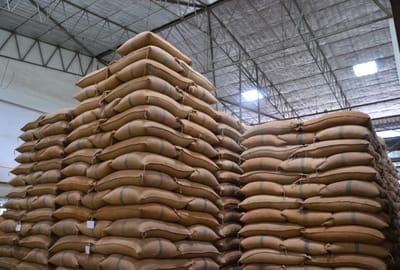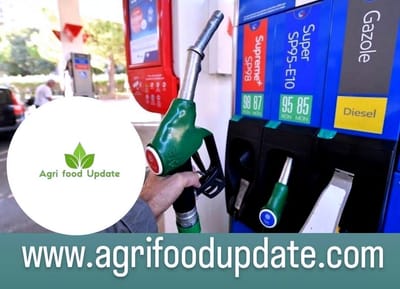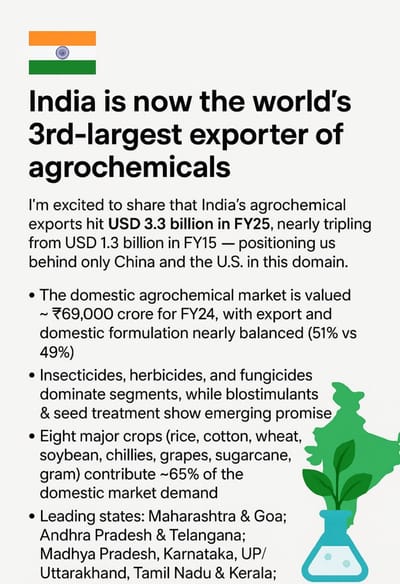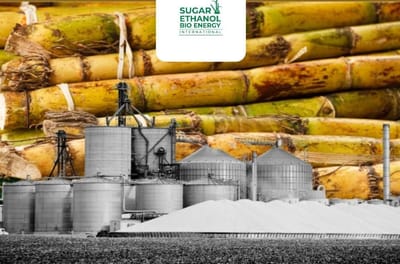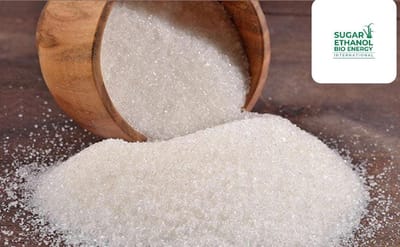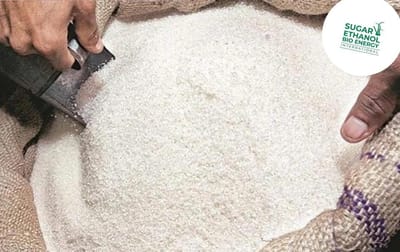ARTICLE 3
A dash of this and a pinch of that could cost more in American kitchens with new tariffs on goods from India. Many spices used by home chefs, restaurants and large manufacturers are imported from India, and the 50 percent tariffs on the country imposed by President Trump could drive costs higher, a trade association warned on Wednesday. Last year, the United States imported more than $410 million in spices from India, according to the U.S. Department of Agriculture.
Read MoreThe Centre has allocated 10 lakh tonnes (lt) —5 lt wheat and rice each —to cooperative organizations such as National Agricultural Cooperative Federation of India Ltd (Nafed) and National Cooperative Consumers Federation of India (NCCF) for further retail sale directly to consumers under “Bharat” brand, which may help resume sales of these essential items at cheaper than market prices.
Read More📊 According to the Edible Oil Producers Association of India (SEA), in July the share of Ukrainian oil in total imports of this oil to India exceeded the share of Russian supplies for the first time in two years. Of the 200 thousand tons of sunflower oil purchased by India in July, the share of Ukrainian products was 39%, and Russian - 25% or 49 thousand tons. Before that, for a long time the share of Ukrainian oil in Indian imports fluctuated within 13-34%, but did not exceed the volume of purchases of Russian oil, which was the leader in the Indian market for the last few seasons.
Read MoreA recent study predicts that international rice prices will remain subdued until 2026, largely due to bumper harvests and record stockpiles in India. According to IRRI and The Rice Trader, India’s government rice reserves hit 37.9 million tonnes as of August, fueled by record crops and strong procurement under the MSP policy. With supply expected to outpace domestic demand by nearly 30 million tonnes, India’s surplus is reshaping the global rice trade.
Read MoreCompeting exporters (Thailand, Vietnam, Pakistan) are under pressure, but the dynamics are mixed: some are lowering prices; others are focusing on quality or niche markets.
Read MoreThe Ministry of Transport (MOT) has announced plans to seek a 10-year extension of the land lease for Malaysia Holdings Berhad’s (MSM) sugar refinery located in Perai. The refinery operates on land owned by the Railway Assets Corporation (RAC), and the proposed extension aims to provide MSM with ample time to plan its long-term operations without the risk of immediate closure or relocation.
Read MoreNew Delhi, September 2025 — India’s ambitious shift to E20 fuel (petrol blended with 20 % ethanol) is running into increasing public resistance, with drivers, automakers, and sugar millers raising concerns—and the government pushing back firmly.
Read MoreIndia’s agrochemical exports hit USD 3.3 billion in FY25, nearly tripling from USD 1.3 billion in FY15 — positioning us behind only China and the U.S. in this domain.
Read MoreIndia’s ethanol production landscape is undergoing a quiet transformation. What used to be dominated by sugarcane and its by‑products is now seeing grains like maize, broken or damaged rice, and surplus foodgrains emerge as the chief raw materials.
Read MoreThe Indian sugar sector is urging the government to ramp up ethanol blending with petrol from the current 20% (E20) to 27% (E27), arguing that the country already has surplus ethanol production capacity from sugarcane.
Read MoreThe sugar sector has caught fire on Dalal Street, with marquee names like Dalmia Bharat Sugar, Shree Renuka Sugars, and Triveni Engineering & Industries posting strong gains. Investors are rushing into these stocks as regulatory winds shift in favour of the sugar‑ethanol ecosystem.
Read MoreRegulatory / export risk: Government may restrict exports or change diversion rules if domestic sugar supply becomes tight. Key metrics to monitor: ethanol blending rate achievements, changes in government notifications on sugar/ethanol, sugar cane harvest/production numbers, molasses prices, and margins of mills.
Read More